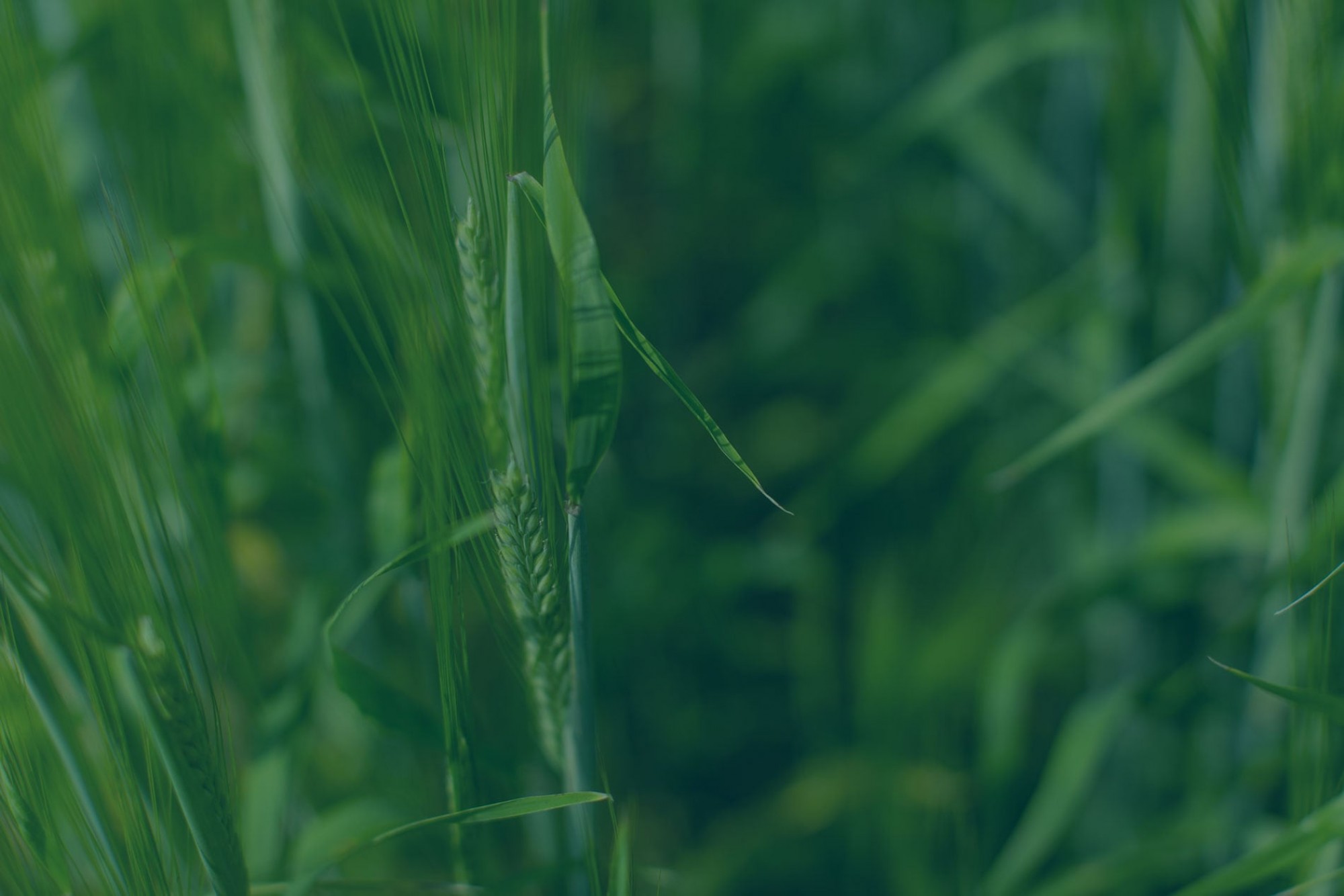Seeding early? What are the benefits and risks?
Benefits:
1) Spring moisture: better utilize of early spring soil moisture
2) Weed competition: increase competition with weeds when the crop emerges and becomes established earlier.
3) Earlier harvest: crops planted earlier can mature earlier and get harvested in drier, more favourable conditions. Though planting 2 weeks earlier might only translate to harvesting a few days earlier, the crop has a higher chance of avoiding fall frost.
4) Mitigate pest and heat damages: seeding early helps the plant to avoid heat stress during grain filling. It may also help mitigate insect and disease risks by avoiding the peak infestation period.
5) Yield benefits: according to Dr. Brian Beres’s study, in sites south of 51°N (Calgary), seeding spring wheat when soil temperature is 2 to 6 °C provided yields of 44-45 bu/ac. They were 10 to 13% higher than seeding at 10 °C (40 bu/ac).
Risks:
1) Emergence: cold soil can cause stress to emerging seedlings. The results can be delayed germination and uneven emergence.
2) Spring frost damage: wheat leaves can survive air temperatures down to -8°C to -10°C. Barley is less resilient and can exhibit frost damage at temperatures closer to -4°C to -6°C. However, the chance of plant death is low due to the growing point being protected below ground.
Spring frost risks in wheat and barley crops
3) Seedling diseases: when the seedling development is “stalled”, they are not actively outgrowing the infection, making them more susceptible to seed and soil-borne diseases.
How concerned should I be?
From the pathogens’ point: fungal growth is not active below 10-15°C, which is the optimum temperature for seed emergence. When soil temperature is below 10°C, seed emergence is slower, seedling disease development is delayed and limited too. Disease development may take 10 to 20 days. At 15 to 25°C, there is more rapid disease development, but seed emergence is also quicker, the seedling is more actively outgrowing the invading infection.
If you test your seed for seed-borne diseases, such as Pythium spp., Rhizoctonia spp., Fusarium spp., etc., see How to interpret your seed test results - a step-by-step guide for what the pathogen results mean.
How to manage risks coming from cool & wet soil?
1) Use a seed treatment: a study from North Dakota, between 2003 and 2022, suggests a fungicide seed treatment increased wheat plant stand by 7.7%. In addition, 69% of the time, a fungicide seed treatment increased plant stand 1 .
2) Use higher quality seed: A vigour test measures a seed lot’s emergence potential under less-than-ideal conditions, including cold temperatures. High vigour seeds can better withstand environmental stress and become established plants. Use the seed lots with the highest vigour for early-seeded fields.
3) Apply starter fertilizer: phosphorus promotes early root development, while nitrogen is essential for overall plant growth and development. Cold soil temperature makes it more challenging for plants to access nutrients. Starter fertilizer placed in the seed row helps overcome the challenges and gives the seedling an initial boost in growth.
4) Proper seeding depth: when moisture is ample in early spring, consider seeding on the shallow side of the depth range. The ideal seeding depth of spring cereal crops (wheat, barley and oats) is 1.5 to 2” (3.75 to 5 cm) deep.

